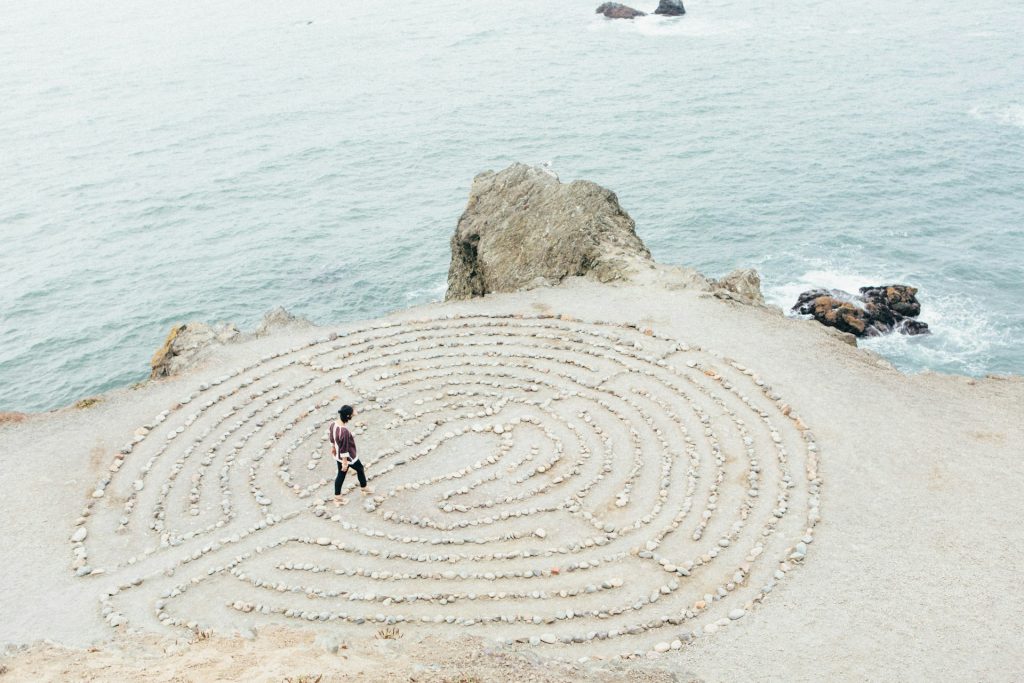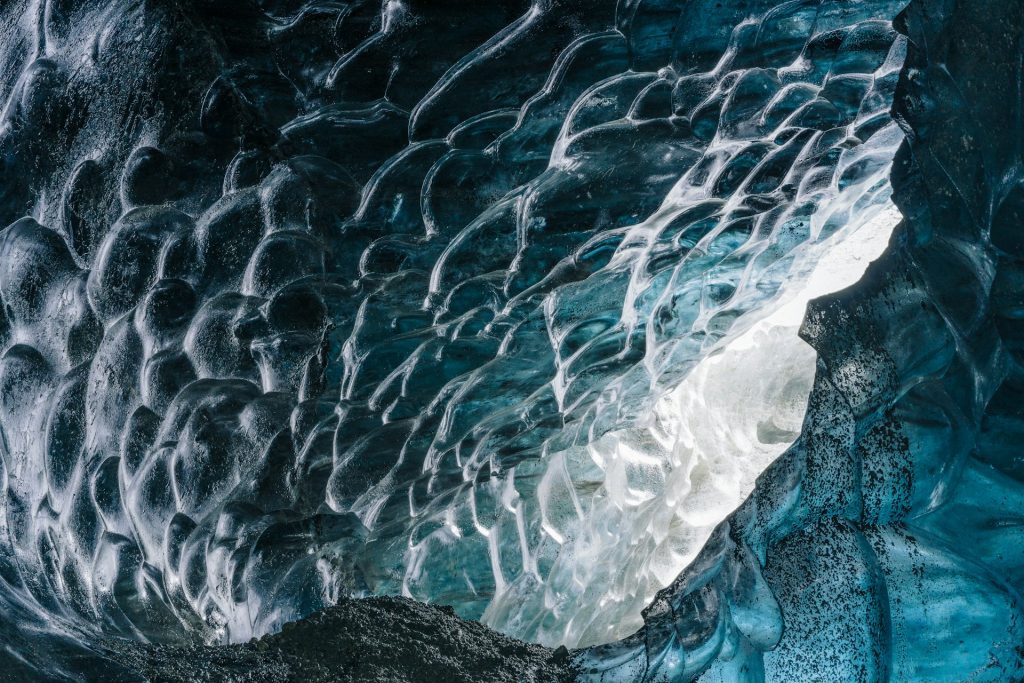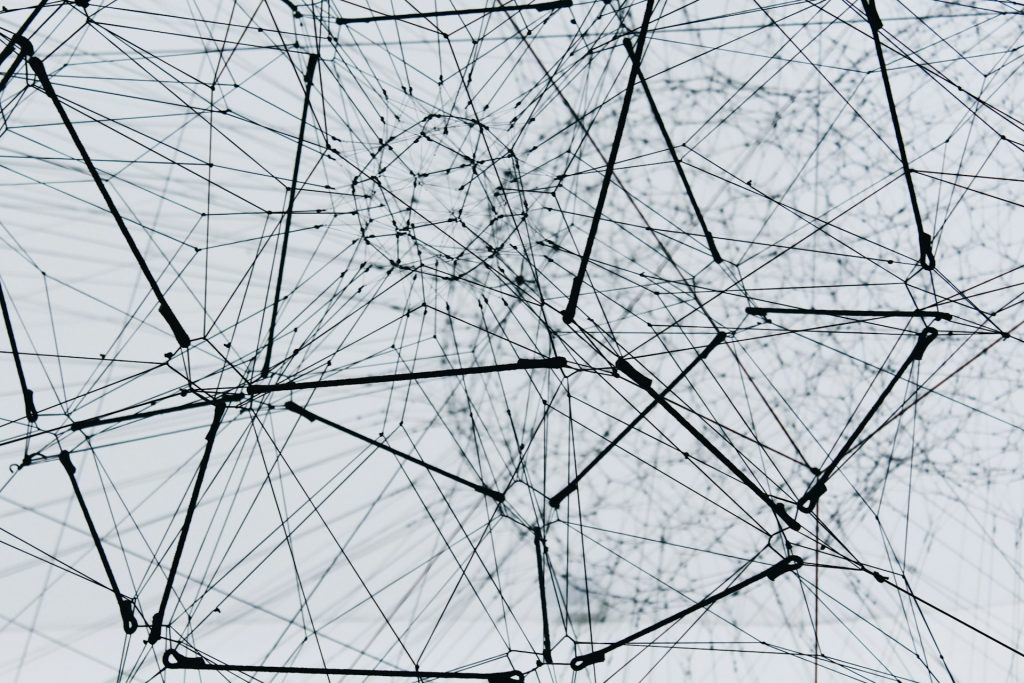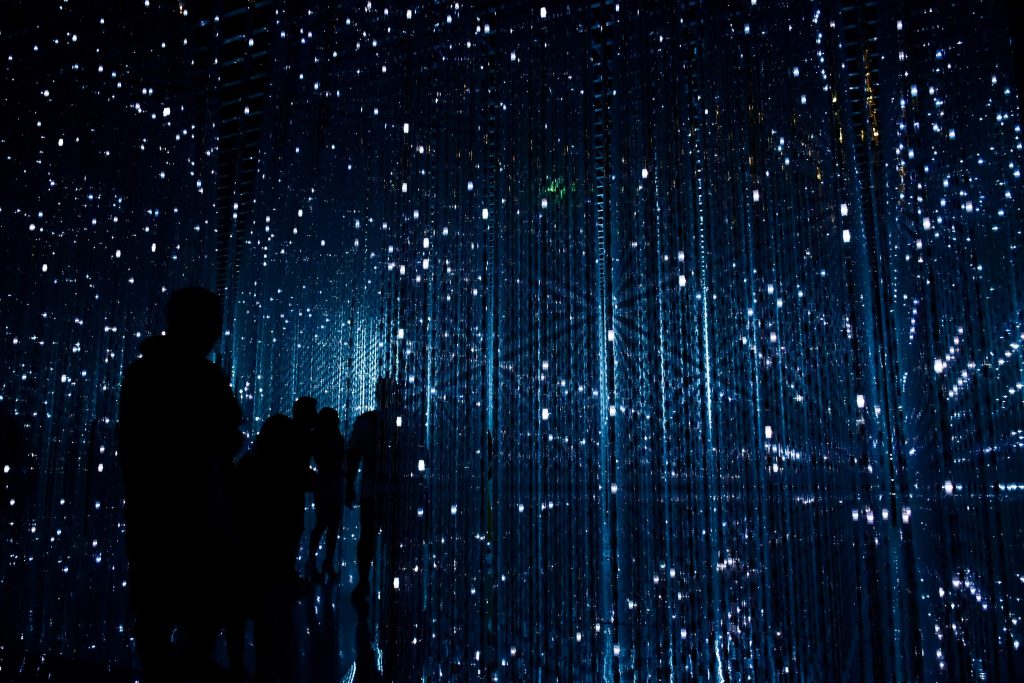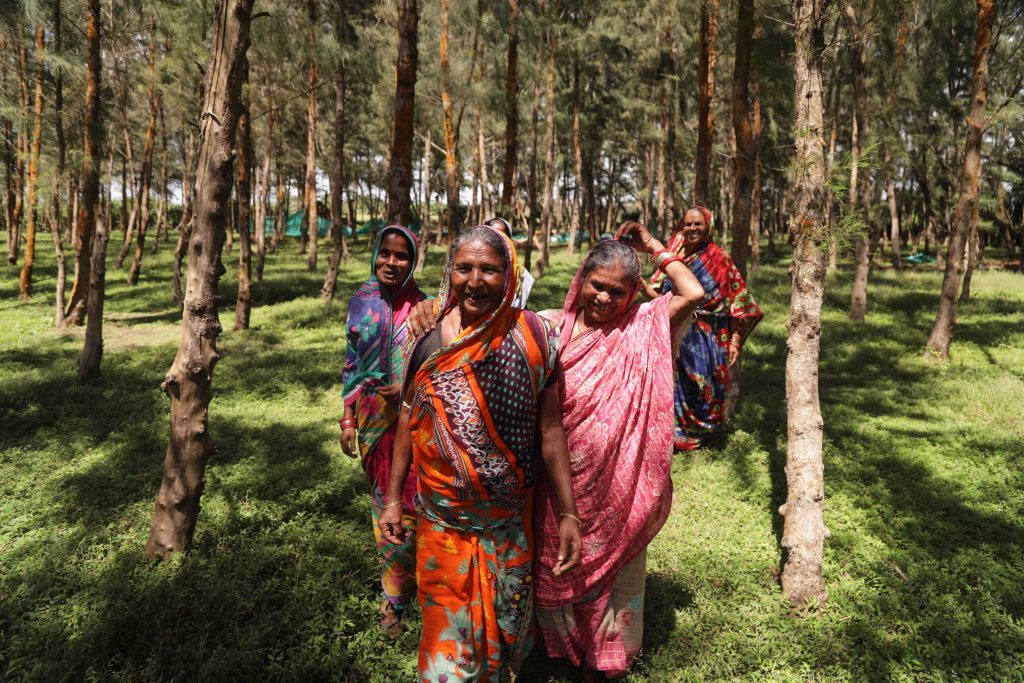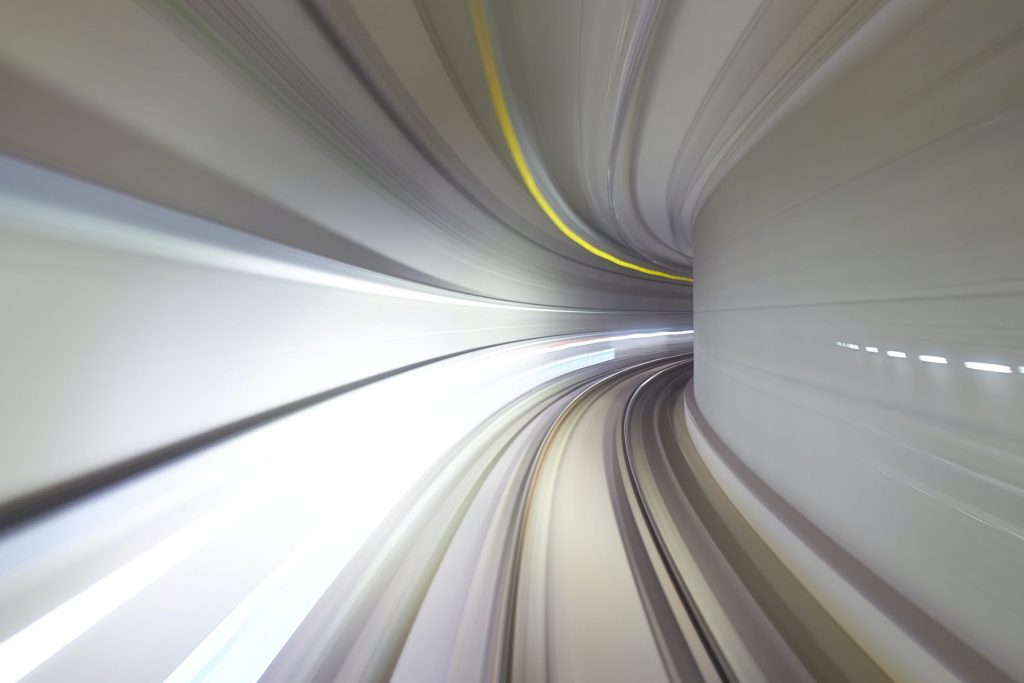
From risk to resilience
Resilience has shifted from being a matter of choice to an imperative. From climate disasters to failing infrastructure, the ability to withstand and recover from shocks is now at the heart of decision-making. Yet, despite its critical importance, there is still no universal definition for resilience and its relationship with risk. Dr Igor Linkov, a distinguished expert in risk prevention and management, walks us through methods for resilience quantification and how these can help transform fragmented approaches to risk management into coordinated strategies.

